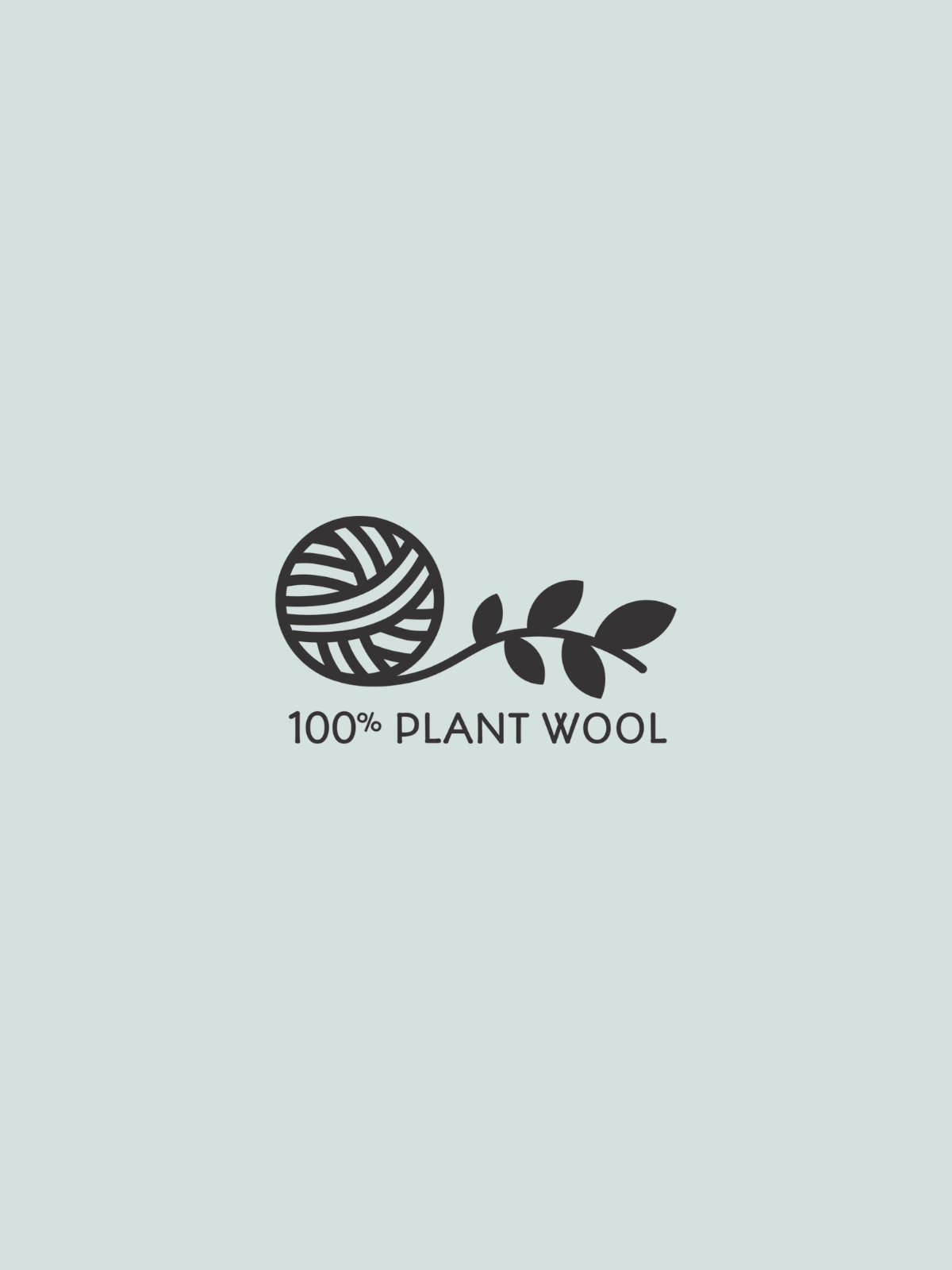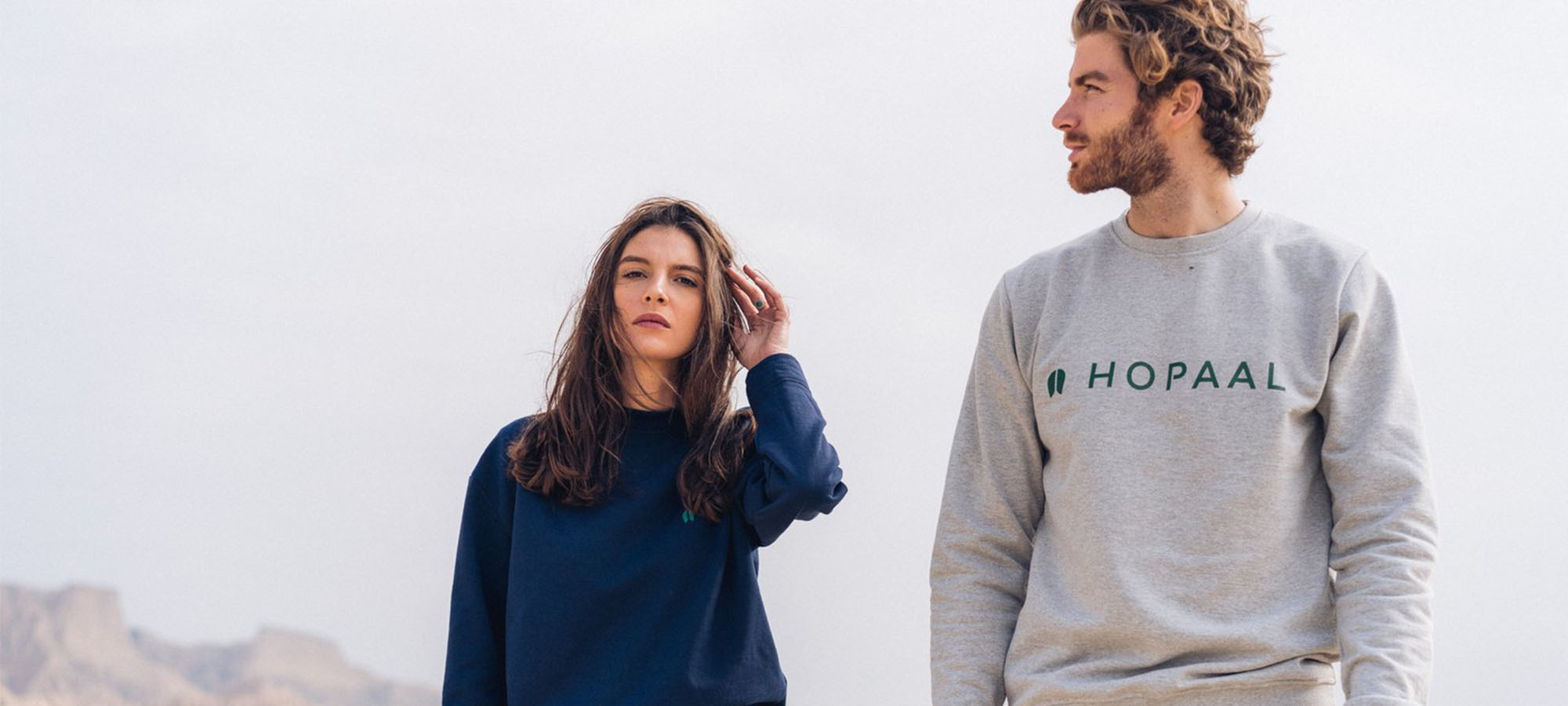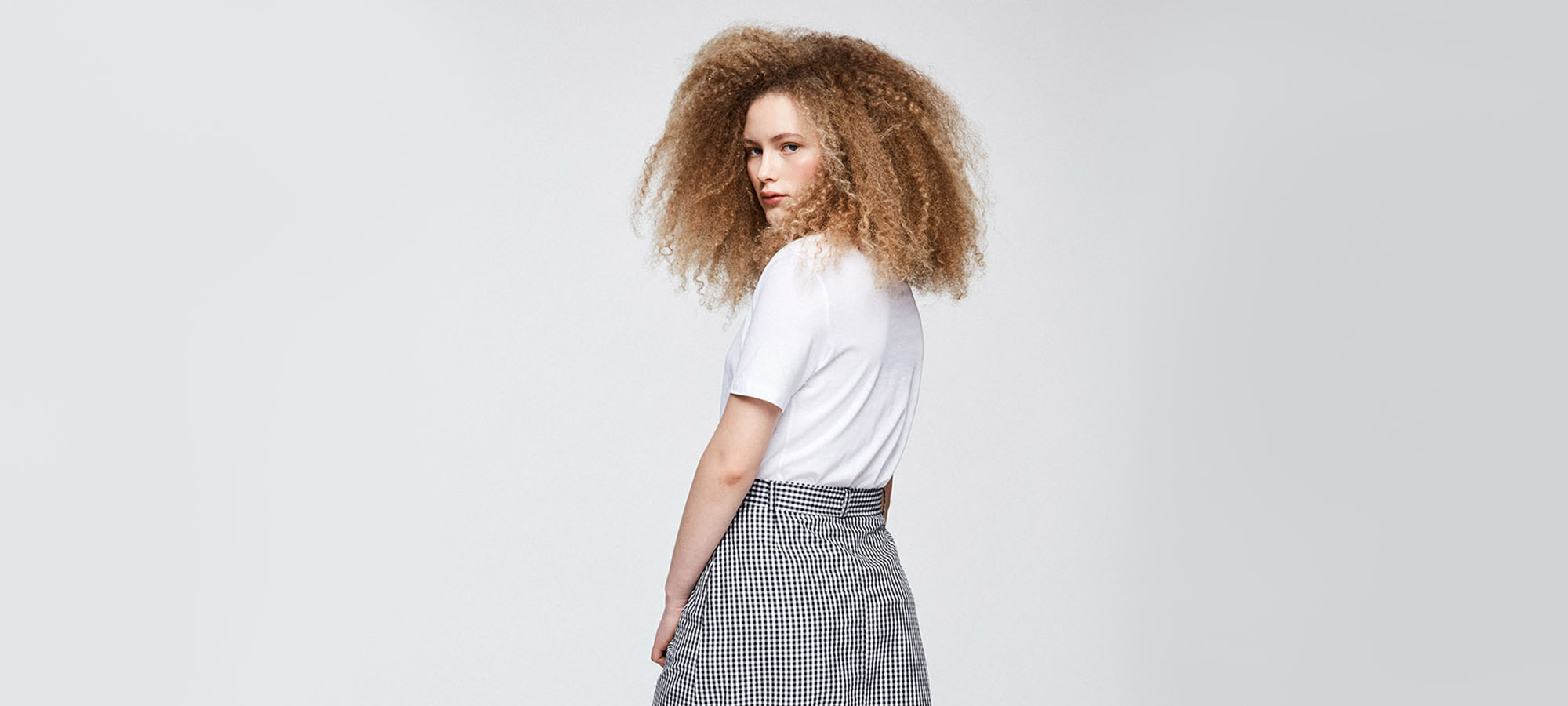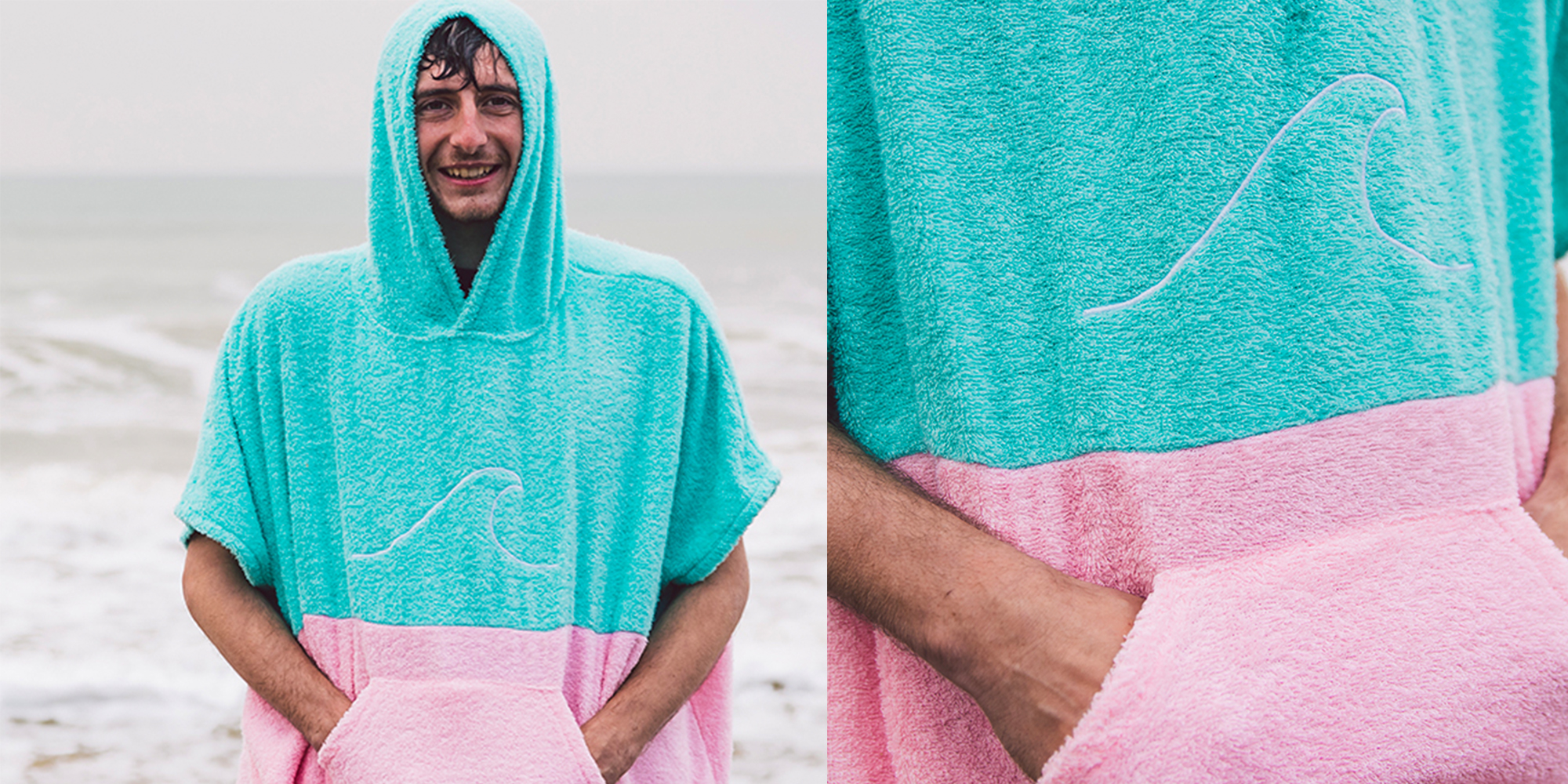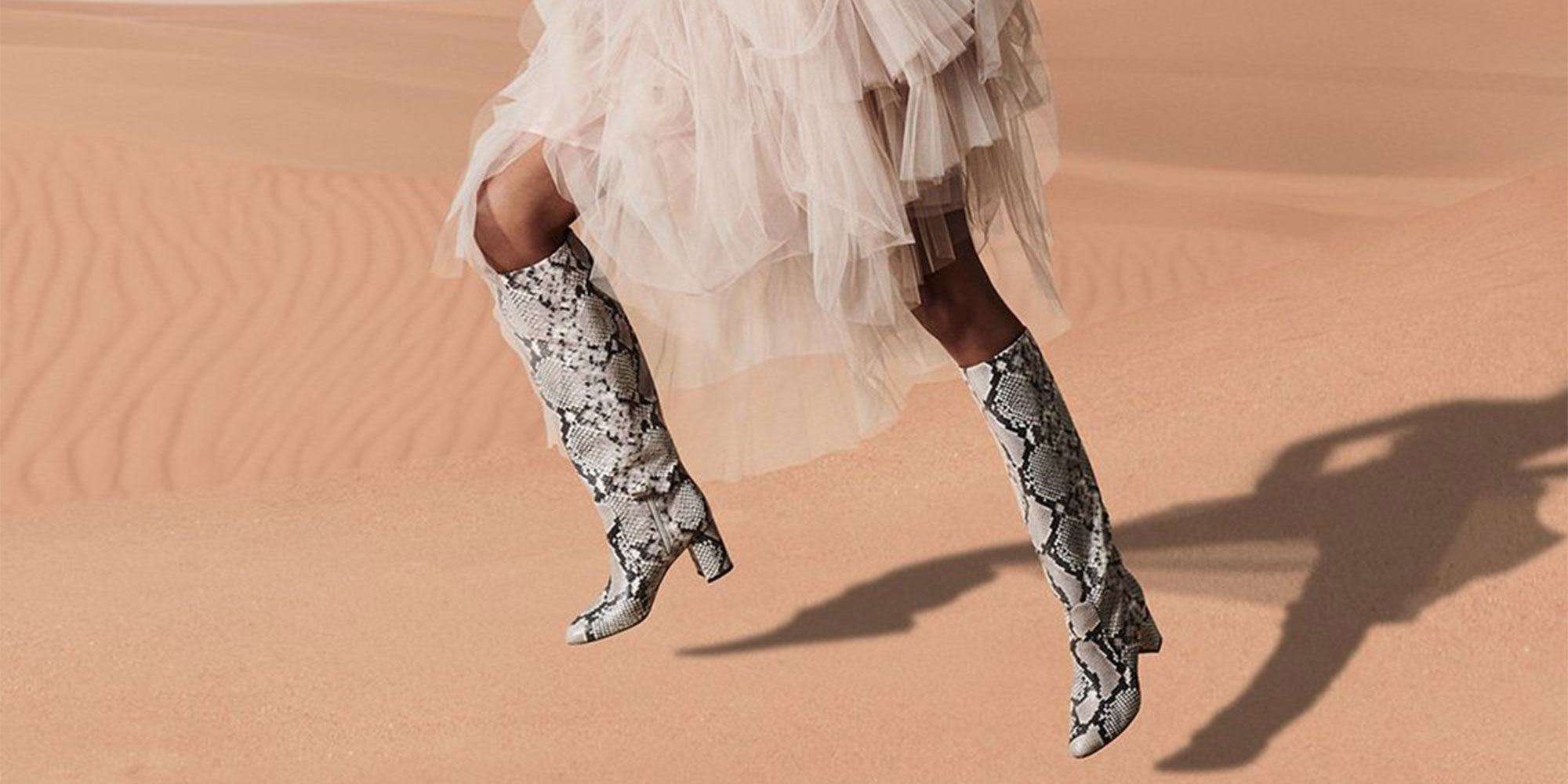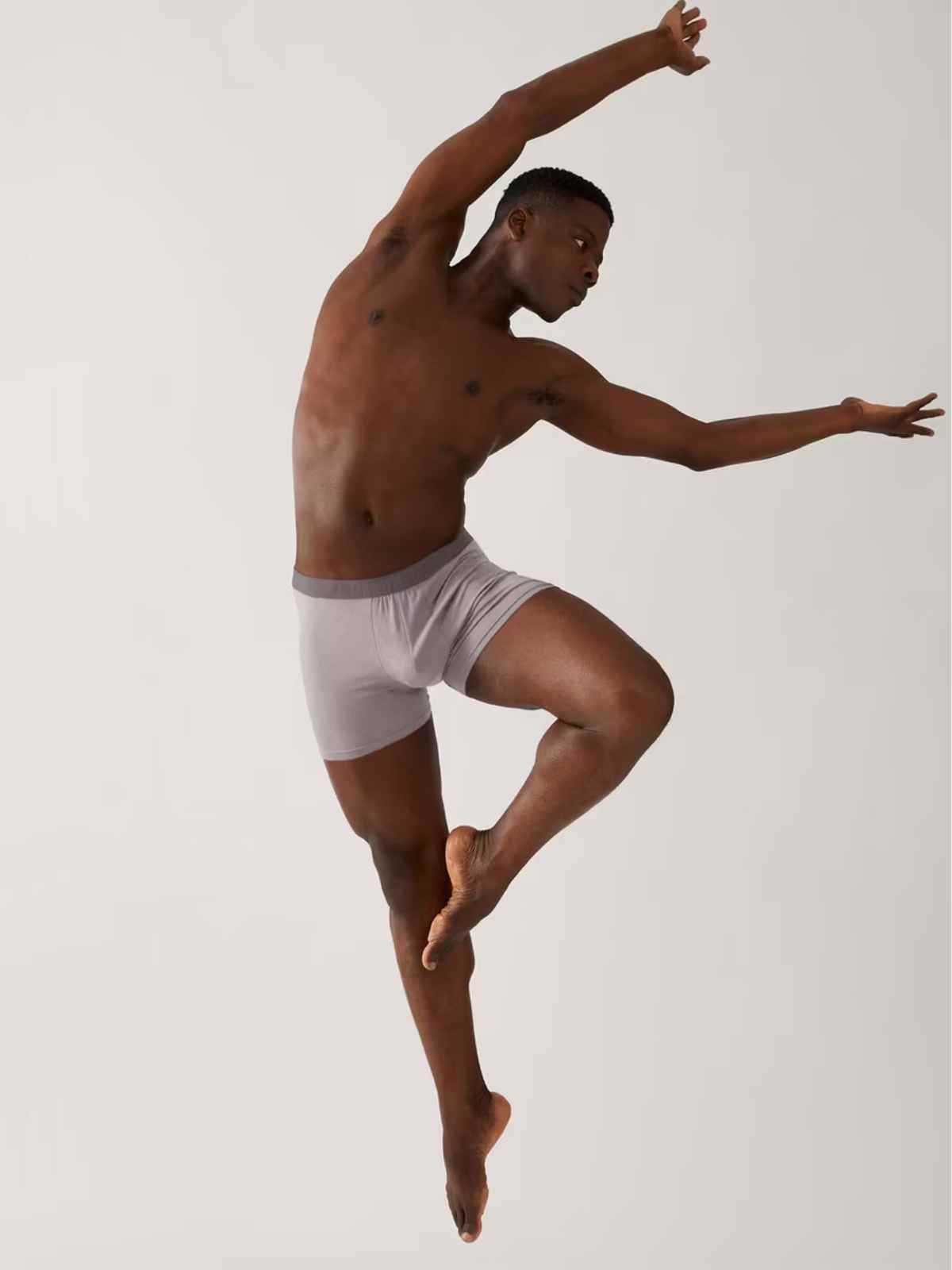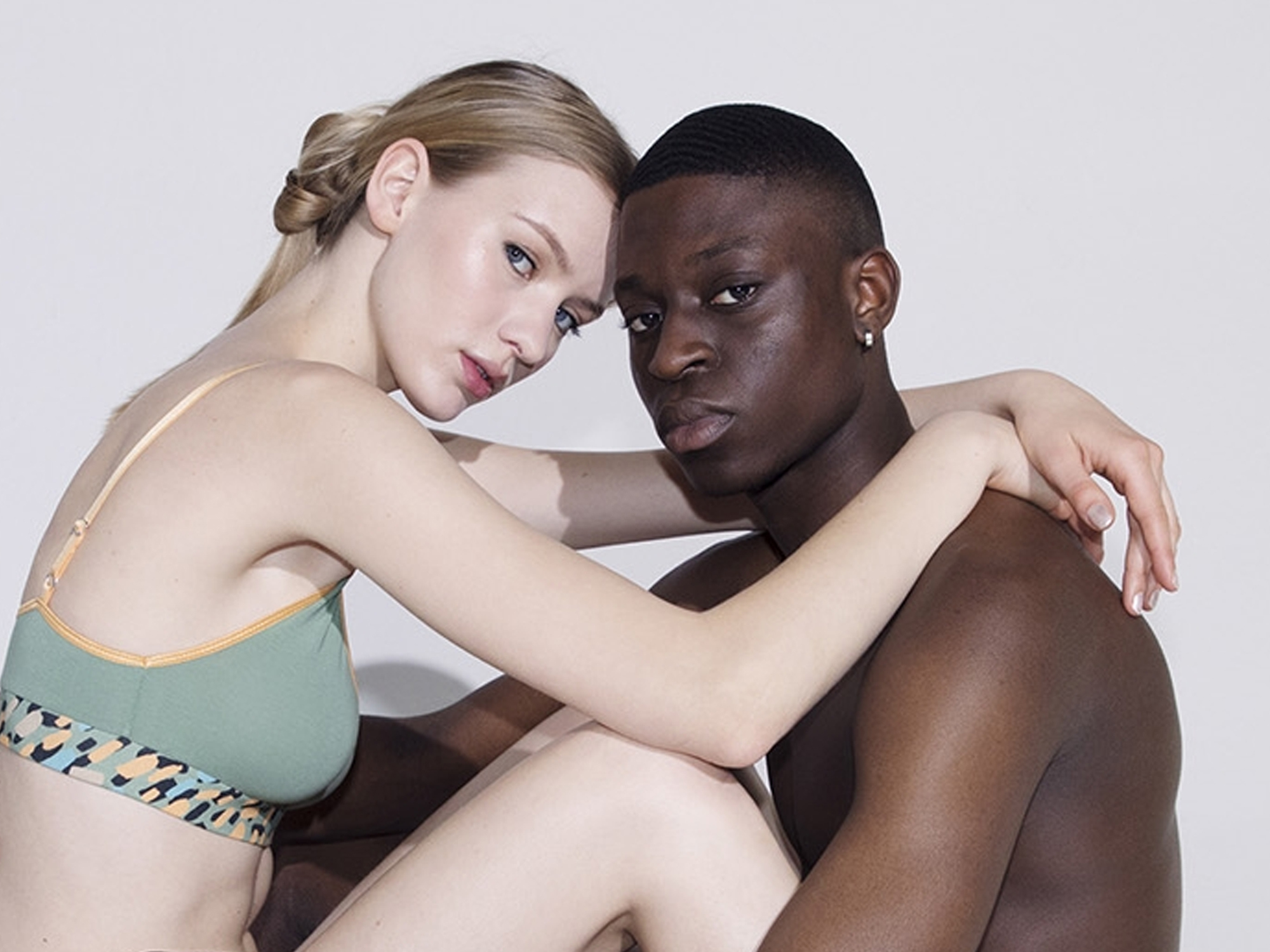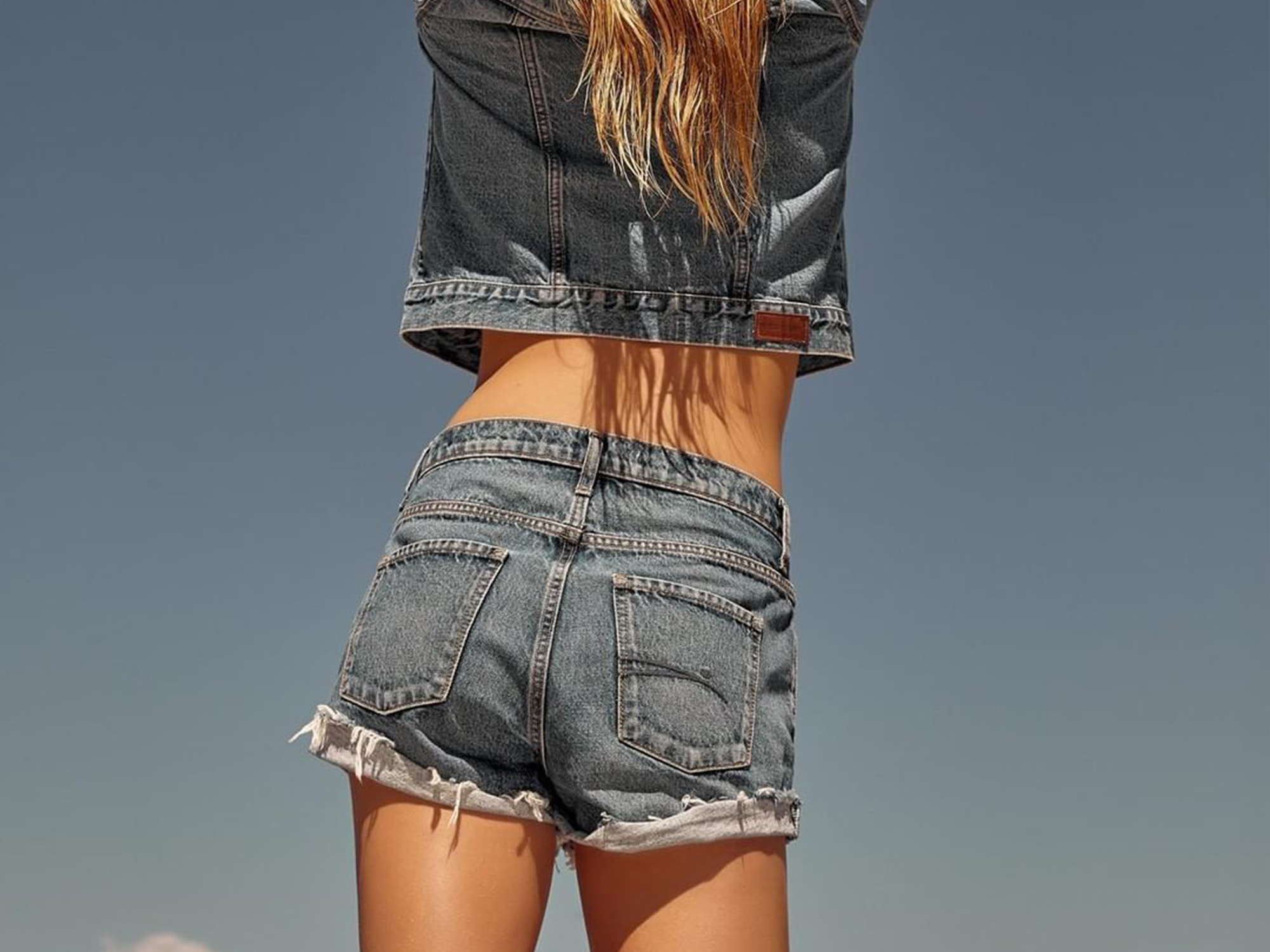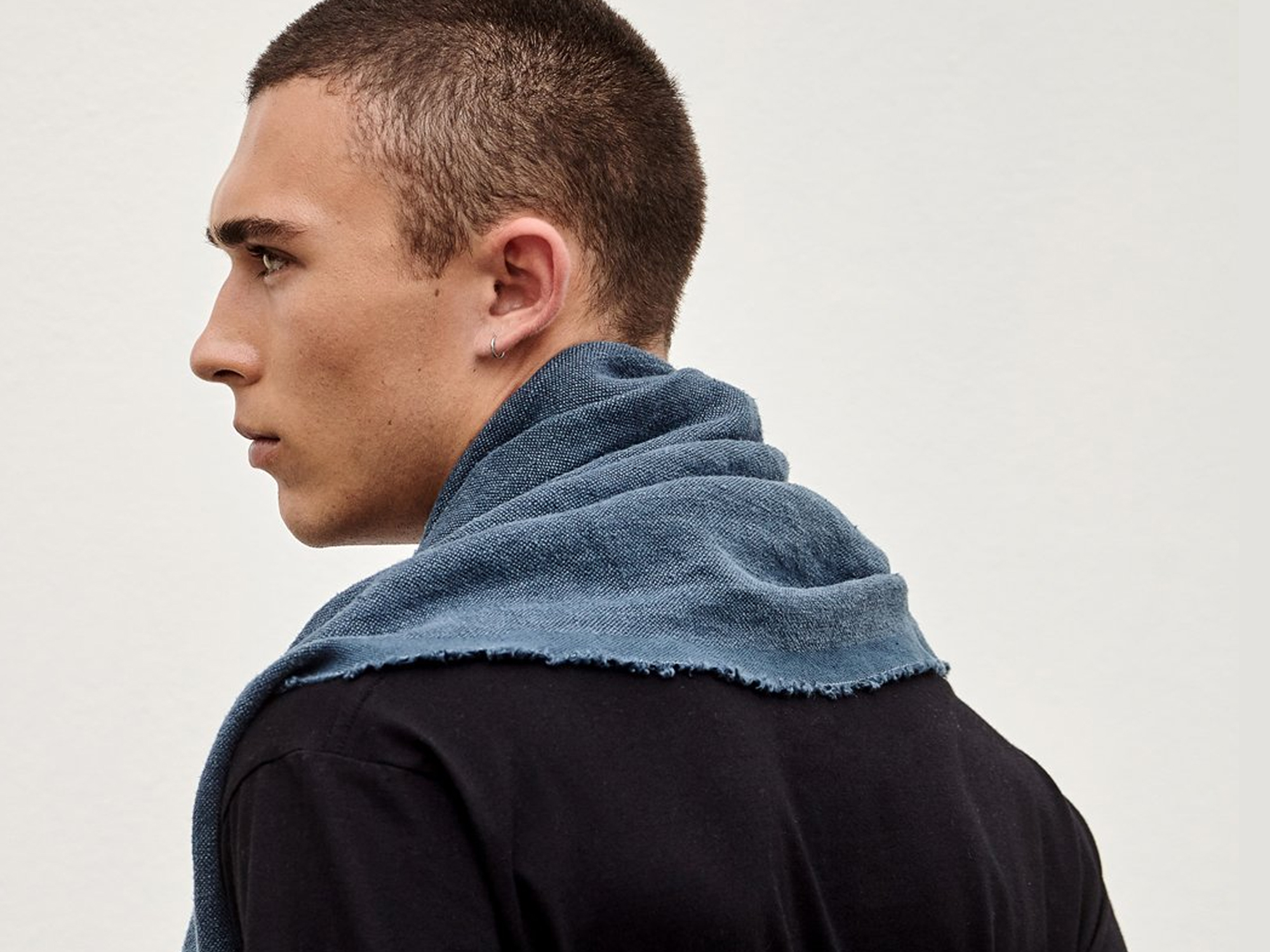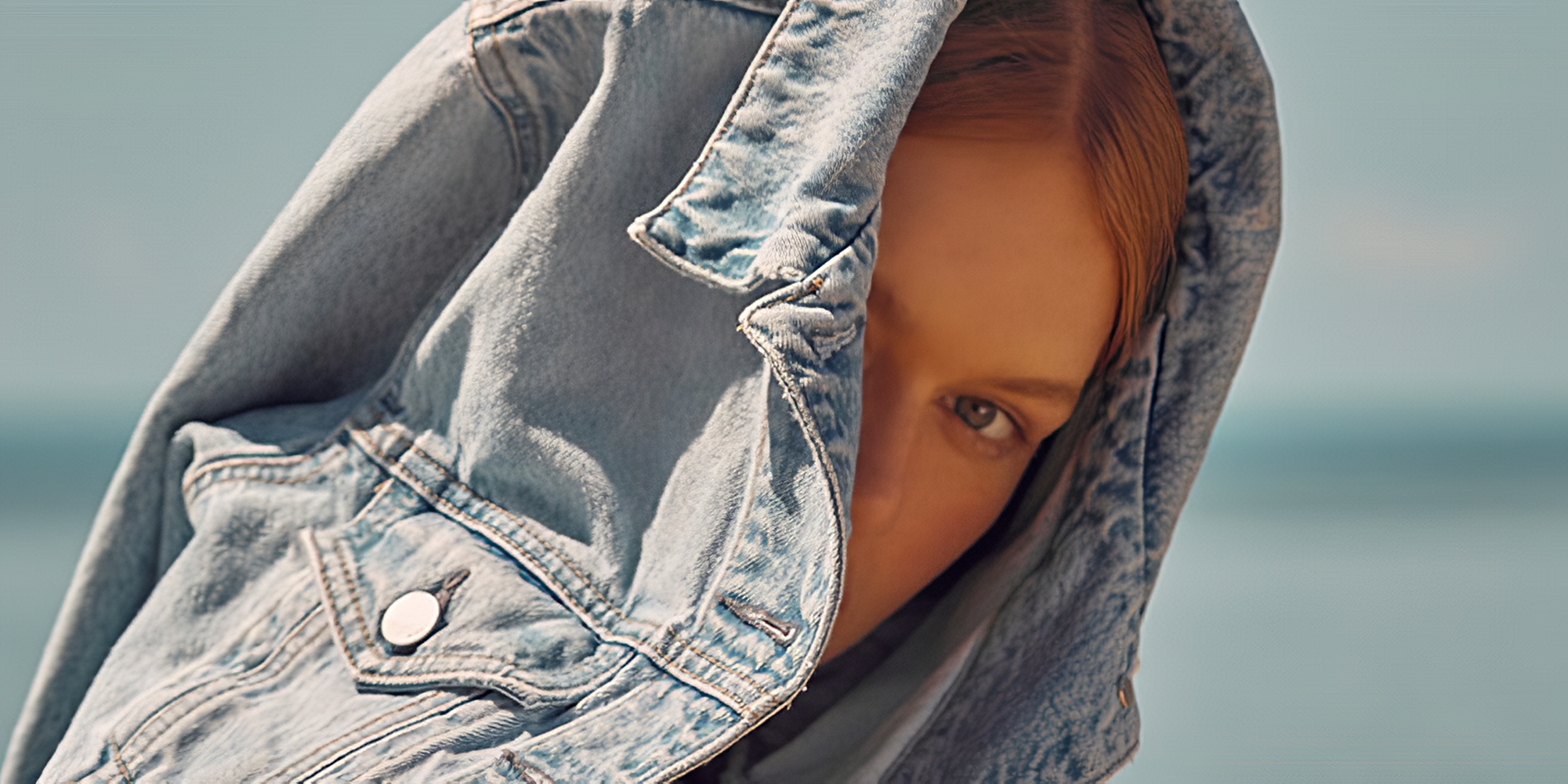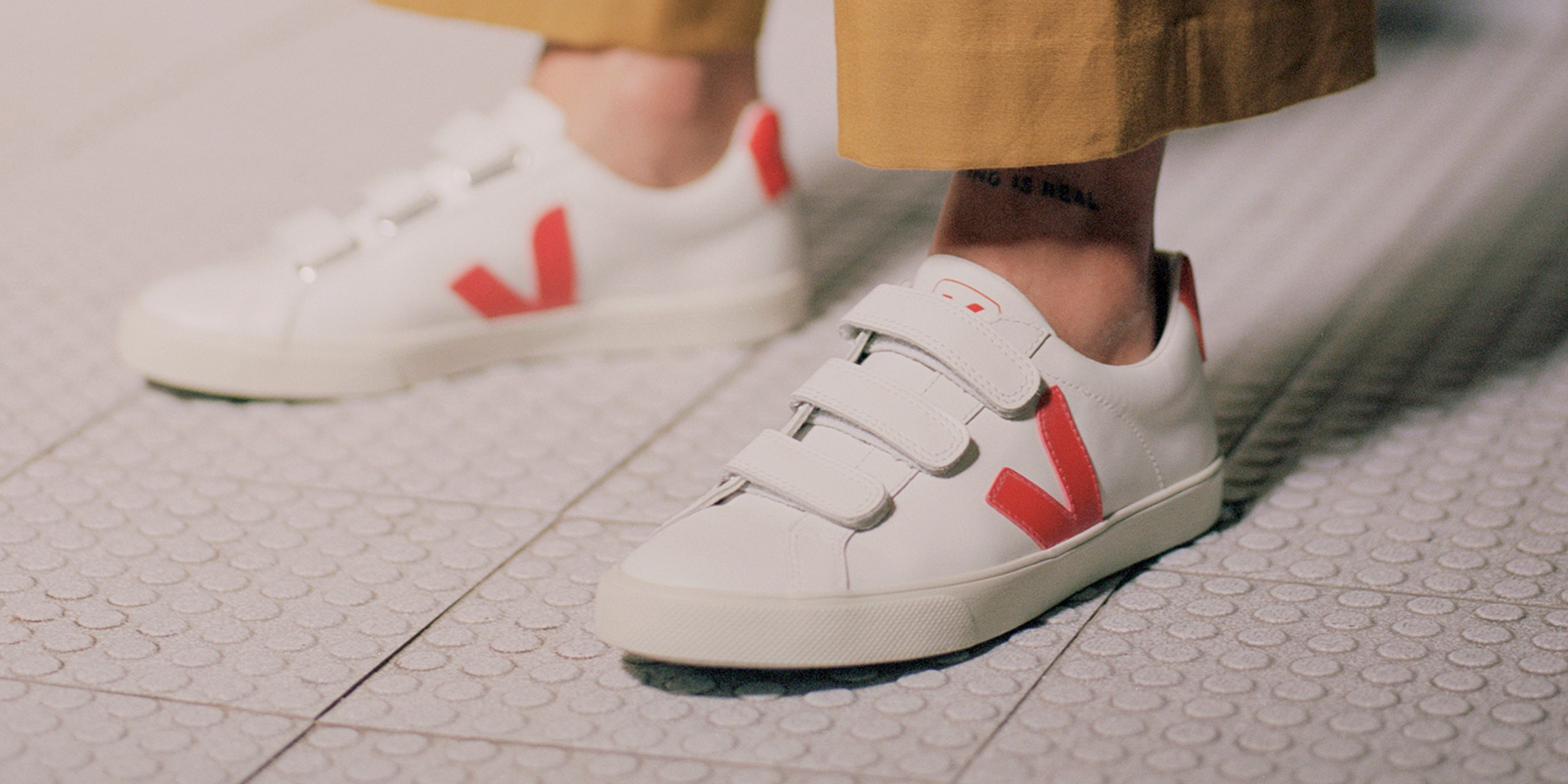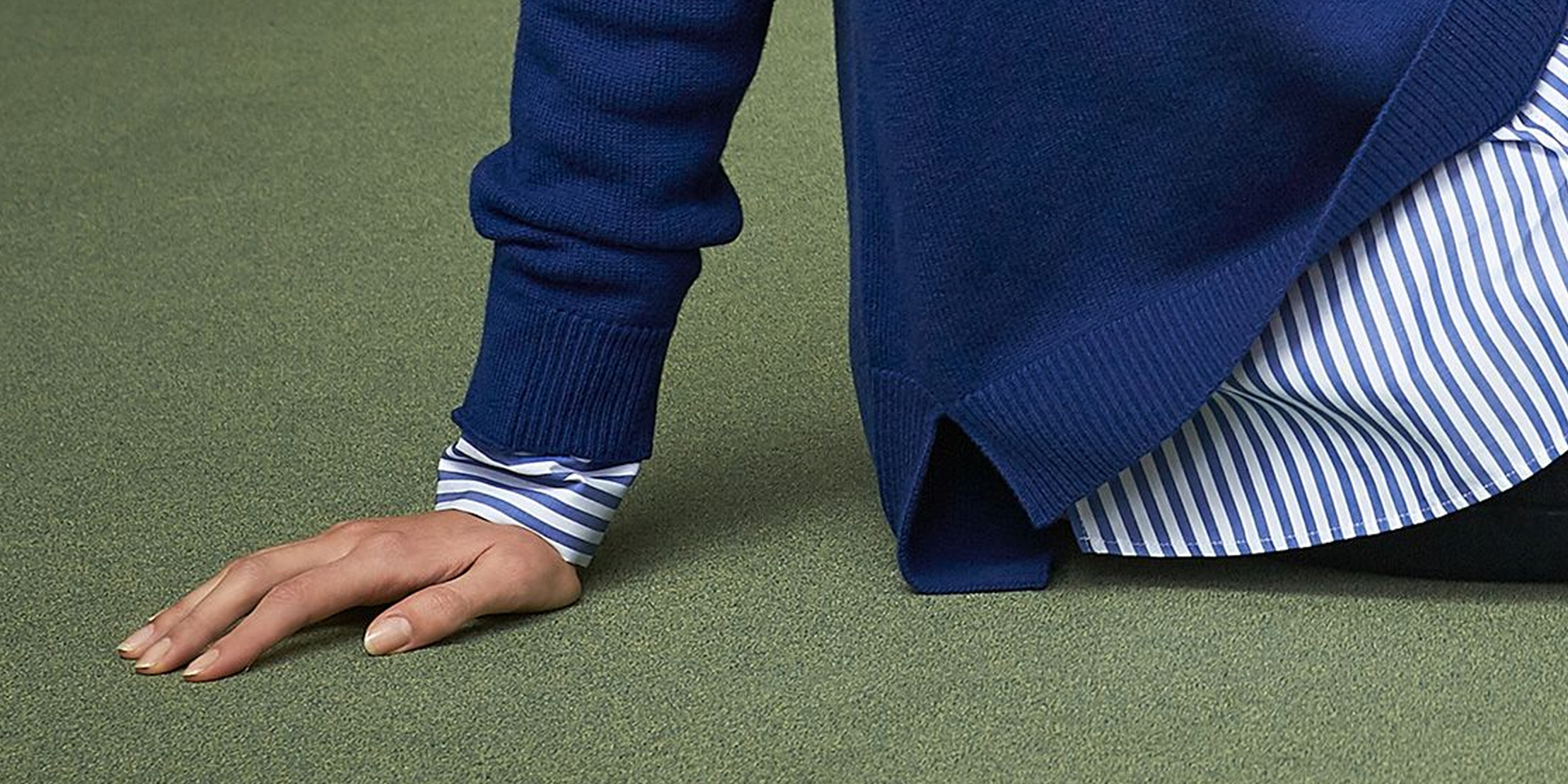Our editors curate highly rated brands that are first assessed by our rigorous ratings system. Buying through our links may earn us a commission—supporting the work we do. Learn more.
The fashion industry has a significant carbon impact. Systemic change is needed, full stop. At the same time, there are steps we can take toward making our choices (and our closets) more climate-conscious.
Carbon emissions: a core issue in climate change
If you’re reading this, chances are you care about the environment enough to take some simple steps to reduce your impact on the planet. You might also be wondering about what fashion’s carbon impact really is. Here we’re going to introduce the most reliable research on fashion’s greenhouse gas emissions and lead you through ten steps you can take to make your closet a little more climate-conscious. Yes, we need systemic change, and as Liv Simpliciano of Fashion Revolution says, “If many individuals change their habits, that becomes a collective.”
Hang on, are we talking about our ‘carbon footprint’?
Not necessarily. The term you’ve likely seen splashed across news headlines in the last 20 years is “carbon footprint”, but where did it come from, and is it the most helpful term for fashion?
A carbon footprint is “the total amount of greenhouse gases (including carbon dioxide and methane) that are generated by our actions.” It may sound all well and good, but in reality, multinational oil and gas company BP originally coined the term in a clever marketing campaign to shift the responsibility of cutting emissions from businesses to consumers. Today it is routinely applied, for example, in the context of quantifying the impact of organisations or products, often done so without knowledge of the term’s more questionable origins. As Mark Kaufmen put it in Mashable’s deep dive into the carbon footprint, “there’s now powerful, plain evidence that the term ‘carbon footprint’ was always a sham, and should be considered in a new light.”
We simply can’t place the responsibility for mass emissions on the shoulders of individuals when legislative change is needed.
However, if “carbon footprint” is a term you’ve been using to think about improving your own actions—that’s not inherently a bad thing. Our day-to-day choices can help improve our carbon impact on a micro-scale and influence those who hold sway on a macro one to shift “business as usual” in the right direction. That’s especially true when we see both individuals taking action collectively and movements of citizens working toward larger systems change.
A good place to start for the average consumer? Learning how to minimise your fashion choices’ significant climate impact.
So what is fashion’s carbon impact, anyway?
Here’s the thing: it’s hard to pinpoint the precise carbon impact of the fashion industry because fashion has a bit of a misinformation problem. But while exact numbers may waiver between sources, one thing we do know is that the industry has a major impact. Here are the latest, most reliable estimates, bearing in mind this is merely an introduction to a complex topic entrenched in the murky and misleading world of global supply chains.
According to the 2020 McKinsey Fashion On Climate report, “research shows that the global fashion industry produced around 2.1 billion tonnes of GHG emissions in 2018, equalling 4% of the global total. This is equivalent to the combined annual GHG emissions of France, Germany, and the United Kingdom. Around 70% of the fashion industry’s emissions came from upstream activities such as materials production, preparation, and processing. The remaining 30% were associated with downstream retail operations, the use-phase, and end-of-use activities.” On the upper end of the estimates, the UN places fashion’s greenhouse gas emissions at 8-10% of the global total. But whether we’re looking at 4% or 10%, there’s no denying the massive scope of fashion’s carbon impact.
We’re not going to pretend that climate change can be solved if you buy a pair of carbon-neutral sneakers. But considering the clothing industry’s significant carbon impact, the choices we make when we shop—coupled with how we look after our clothes—can make a real difference to the environment. It isn’t going to change the world overnight, but collectively, our individual habits change lives and change the planet for the better. When we recognise our power as both consumers and citizens, our choices and activism can help us all in the fight for systemic change crucial for a healthier planet.
And what do our brand ratings have to say about it?

In our COP28 report on fashion’s role in the climate emergency, we reviewed the actions (or lack thereof) of the thousands of rated brands in our directory. “As an industry that spans the globe, with single garments often traversing between countless countries including China, the US, the UK, Vietnam, India, Ghana, and Bangladesh within their lifecycle, fashion has a major stake in the future of our climate. But fashion seriously lacks a sense of urgency.”
Basically, most brands are not doing enough to mitigate their impact on the climate. And even of the 21% of large brands that do set science-based targets for reducing their GHG emissions, a whopping 81% do not state whether they are on track to meet them. Hello, greenwashing.
First steps: care for the clothes you have
According to research by Fashion Revolution, about half of the CO2 emissions that make up fashion’s carbon impact come from the electricity usage associated with washing, tumble-drying, and ironing. Often that electricity is generated by coal-fired power stations and other fossil fuel sources. When it comes to the clothes you already own, there are still ways to go green without putting in too much extra effort.
1. Wear what you have
Simply putting your clothes to use more often rather than throwing them away means that you’re reducing your emissions-per-wear—not to mention cost-per-wear. It’s time to fall back in love with your wardrobe. Style your existing pieces with different accessories, reinvent them with a DIY project, or try combining that top with a different skirt. Find the hero items that always make you look and feel great and wear those babies as much as you can.
2. Embrace the air dry
A crucial step is to ease your reliance on your dryer. Hang your clothes out to dry and let the sun and the wind do their natural thing. Dry delicates flat, and turn colourful items inside-out to prevent fading.
3. Choose the cold cycle
Pay attention to the washing instructions. Read the label—you’ll be surprised how many items can and should be washed in cold water. This step not only saves on heating but will, for the most part, increase the longevity of your clothes. If your machine has an “eco” setting, use it to save water and power.
4. Judge when it needs washing
Don’t wash your clothes too often if you can help it. You probably know that denim jeans don’t need regular washing (apparently, the brand director for Levi’s washes his jeans every six months), but neither do most pants or outerwear. And it’s so much more energy efficient to attempt to spot clean an area before you throw the whole garment in the wash. This handy guide recommends washing your undies, socks, and stockings after one wear, but that shirt you wore out to dinner for three hours? Back in the cupboard—it won’t need washing yet unless you spilled food on it. Some people may wash their bras after one wear, but also get away with wearing leggings a few times before they go in the laundry basket. Adjust for your preferences and lifestyle.
5. Say goodbye responsibly
Once your clothes have well and truly reached the end of their life, it’s time to think about where they’ll go next—and landfill should be your last resort. If your garment is in good condition—say, you’ve grown out of it—then your options are to sell, swap, or correctly donate it.
If you find that your clothes are too worn to sell or donate, don’t fret—they may still have potential in another form. Can that t-shirt be turned into a cleaning cloth? Can that jumper be re-knitted into a tea cosy? Can those socks become a quirky art project? (Yes, yes, and yes). There are also recycling options. You can contact your nearest charity store to find out if they accept damaged clothes—many stores can donate your worn garments to be made into industrial rags. PlanetArk has some details on the best clothing types for rags. They also suggest that natural fibres might be helpful for your local community garden.
Next steps: rethink your shopping habits
6. Buy less, buy better
When you consume, be conscious and intentional about what you are adding to your wardrobe. Start by asking yourself these three questions: “How much will I wear it? How much do I already own? How long will it last?” Resisting the impulse to buy vast numbers of cheap items in favour of investing in quality pieces makes your look more streamlined and reduces the amount you consume and spend overall.
Imagine opening your wardrobe every morning to find that every item is your favourite; everything fits you properly and is comfortable and won’t fall apart after a few wears. Wouldn’t that be amazing? It may take some thought, but the result will be so worth it.
7. Buy second hand
Of course, you don’t have to buy brand new at all. Why not visit a local charity op shop, buy second hand online, or raid your friend’s wardrobe? Thrift shops are a treasure trove for bargain-hunting fashion lovers who value beautifully crafted vintage pieces and unique pre-loved items. According to resale platform thredUP, “if everyone bought one item used instead of new this year, it would save 5.7B lbs of CO2e.”
8. Look for certified organic fabrics
The types of fabrics you decide to buy both new and second hand are significant. Take cotton, for example. While it is a plant based fibre, conventional cotton production is very carbon-intensive and requires the heavy use of pesticides and fertilisers. If you’re concerned about these impacts on the world’s climate and ecosystems, then one more sustainable option is to purchase items made from certified organic cotton—especially GOTS cotton. Certified organic cotton is grown without harmful pesticides, requires less energy and water, and uses more sustainable fertilising practices. You can also find GOTS certification for other more sustainable fabrics like linen.
9. Purchase locally made fashion
Buying from local producers is a way to cut down on the distance your clothing has to travel and help avoid unnecessary carbon emissions. Plus, it can be fun to support local designers and makers. Just keep in mind that international shipping can be done responsibly, and if that means supporting “Good” or “Great” brands from overseas, then chances are the footprint is still less than a fast fashion shop from the local mall.
10. Support climate-conscious brands
Finally, one way to reduce the carbon impact of your closet when buying new is to support brands with a circular or zero-waste ethos. This means they have a production line with low embedded emissions and drastically reduce waste throughout the supply chain. In other words, they provide garments with the lowest carbon impact of any brand.
Ideally, look for brands that use renewable energy in their supply chain. In a world rife with greenwashing, it can be easy to see the phrase “carbon offsetting” or “we use renewable energy in our head office and storefronts” and think the brand is making good progress. Don’t be fooled by these low-touch efforts that often mask the continued use of damaging energy sources in production. What matters more is that brands are making progress on reducing their greenhouse gas emissions throughout their supply chains, as exemplified by the brands below:



